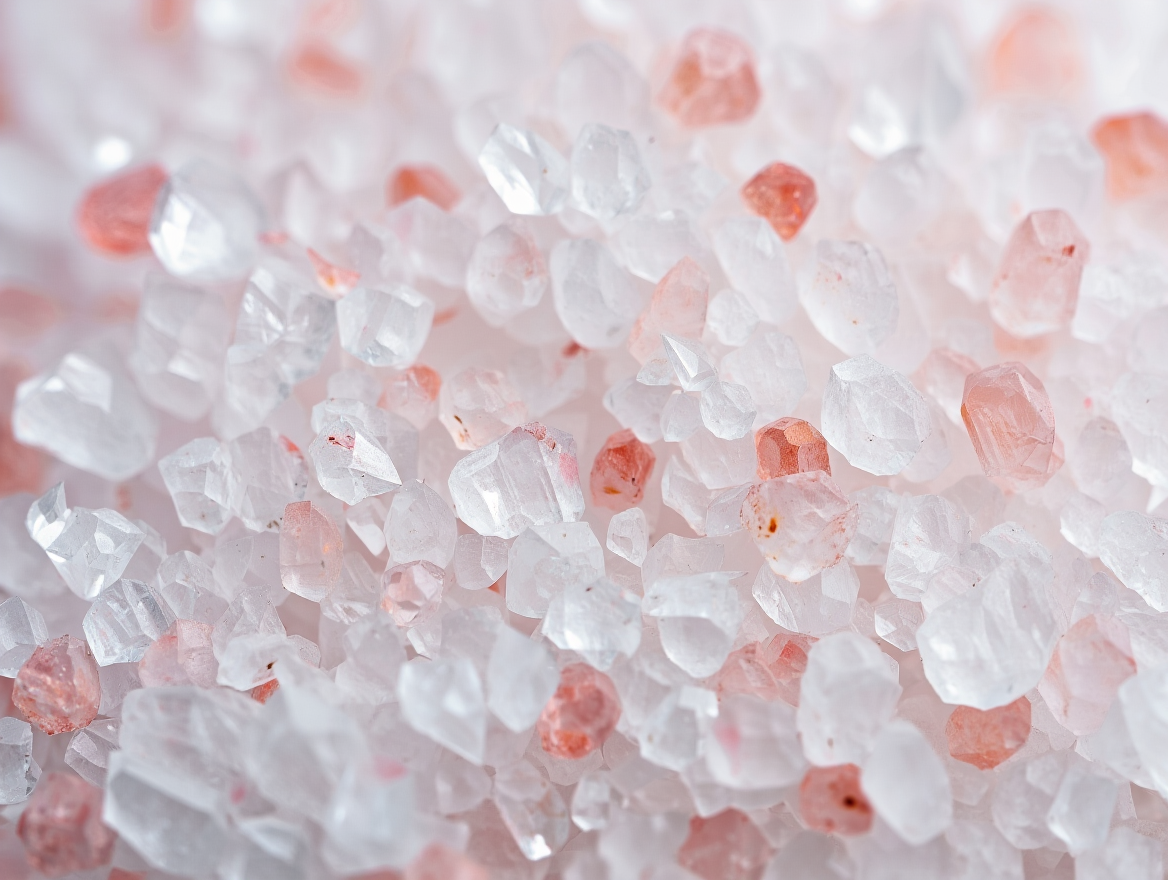
Introduction
Muriate of Potash (MOP, KCl) supplies potassium, one of the three primary macronutrients in NPK fertilizers. Potassium strengthens plants by improving water use efficiency, enzyme activation, disease resistance, and crop quality (size, color, sugar content).
MOP contains about 60–62% K₂O equivalent and is the dominant potash product globally, accounting for over 90% of potassium fertilizer use. Its ubiquity, coupled with production concentrated in only a few countries, makes MOP a strategically important input in global agriculture.
History & Development
Potash, originally derived from wood ash, was among the earliest fertilizers used by humans. The discovery of underground potash deposits in Stassfurt, Germany (mid-19th century) revolutionized supply, leading to large-scale mining.
By the 20th century, Canada, Russia, and Belarus had emerged as global leaders in potash mining. The collapse of the Soviet Union and later geopolitical events reshaped the potash trade, with Belarus and Russia forming key export cartels. Today, MOP markets remain highly sensitive to geopolitical and trade disruptions.
Production Process
MOP is mined from natural potash deposits (primarily sylvinite ores), which contain potassium chloride mixed with sodium chloride and other minerals.
Steps:
- Mining: Underground or solution mining of sylvinite ore.
- Processing: Crushing, flotation, or crystallization to separate KCl from NaCl.
- Granulation: Producing standard or granular KCl for fertilizer use.
Grades include:
- Standard grade: Used in bulk blending.
- Granular grade: Preferred for direct application and blends with NPK fertilizers.
Global Supply & Trade
Potash reserves are highly concentrated, making MOP one of the most geopolitically sensitive fertilizers.
Key Producers
- Canada: The largest producer, dominated by Nutrien and Mosaic.
- Russia & Belarus: Together, they account for nearly 40% of global production, led by Uralkali and Belaruskali.
- China: Produces some but is also a major importer.
- Israel & Jordan: Produce potash from the Dead Sea (ICL, Arab Potash Company).
Key Importers
- China: Largest importer, driven by cereals, rice, and horticulture.
- India: Significant importer, with government subsidies keeping potash affordable.
- Brazil: Huge demand due to soybean and sugarcane production.
- Southeast Asia: Oil palm plantations are major K users.
Applications
- Cereals & Oilseeds: Improves grain fill and oil content.
- Horticulture: Enhances fruit size, sugar content, and color.
- Plantation crops (oil palm, sugarcane, bananas): Heavy K feeders.
- Blends: Integral in balanced NPK formulations.
Market Economics
Benchmarks
- FOB Vancouver (Canada)
- FOB Baltic Sea (Russia/Belarus)
- CFR Brazil/India/China
Pricing Drivers
- Geopolitical disruptions (e.g., Belarus sanctions, Russia-Ukraine war).
- Demand cycles in Brazil, India, and China (tender systems).
- Freight costs and port logistics.
- Substitution between granular and standard grades.
Why MOP Matters
- Essential nutrient: Potassium is non-substitutable in agriculture.
- Concentrated supply: Canada, Russia, and Belarus dominate production, creating supply risks.
- Strategic leverage: Potash prices swing significantly with geopolitical events.
- Food quality & resilience: Beyond yield, potassium improves crop stress tolerance, making it critical under climate stress.
Sustainability & Risks
- Mining footprint: Potash mining can impact water resources and generate salt tailings.
- Over-application: Can lead to soil salinity in sensitive areas.
- Geopolitical vulnerability: Heavy reliance on a few exporting nations creates systemic risk.
Mitigation
- Diversifying supply chains (e.g., Canada, Jordan, Israel expanding exports).
- Developing alternative potassium sources (e.g., Polyhalite, SOP).
- Promoting balanced fertilization to avoid excess chloride accumulation.
Future Outlook
- Brazil & India: Will continue to drive demand as cropping systems expand.
- Sanctions & geopolitics: Belarusian and Russian supply disruptions will keep markets volatile.
- Polyhalite & SOP: Alternative potassium fertilizers may slowly grow, but MOP will remain the dominant K source.
- Climate stress: Rising importance of potassium for crop resilience may sustain high long-term demand.
In short: MOP is the backbone of global potassium fertilization. Its heavy reliance on a handful of suppliers makes it both a critical agricultural input and a geopolitical lever — one whose availability directly affects global food security.




